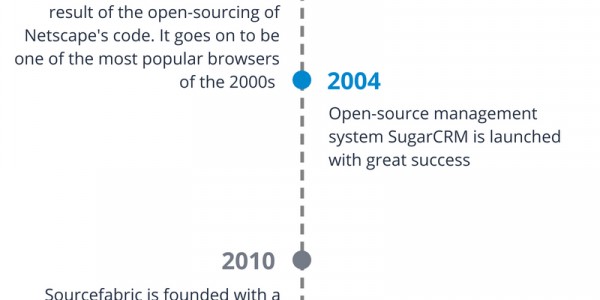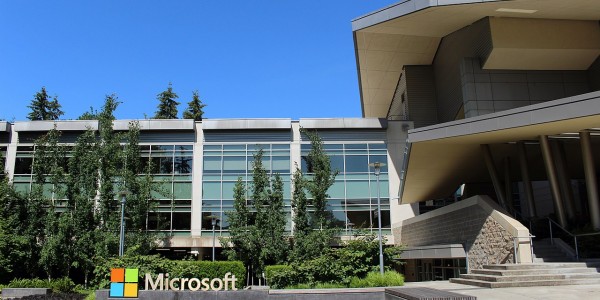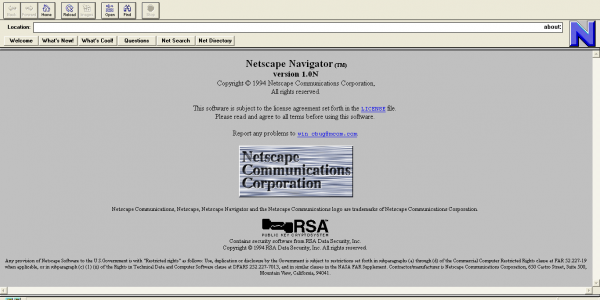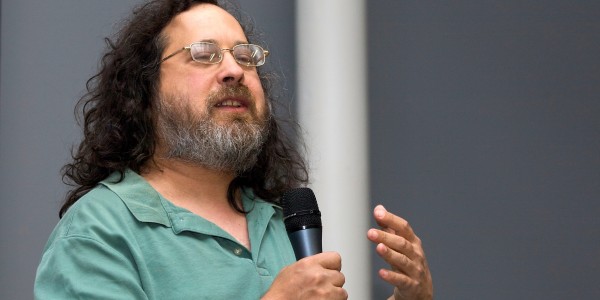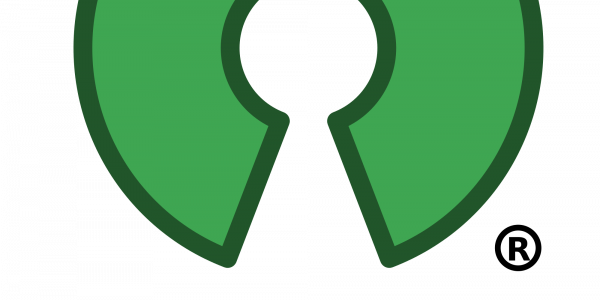20 Years of Open Source: How a Once-Controversial Idea Made It Big

It’s been just over 20 years since the term “open source” was first uttered - and what a journey it’s been since then.
Cast your mind back to 1998. Browser-maker Netscape had just made the unprecedented decision to release its source code, marking one of the world’s first ventures into open source. Not long after this, nanotechnologist Christine Peterson was in a meeting in California to discuss the news when she first used the words “open source” to refer to this new concept.
Whilst the name was new, the general concept was not. Richard Stallman, who set up the GNU project in 1983, was a fierce campaigner for “free” software: software that is freely distributed to users and open to being used by anyone as well as distributed and modified and ideologically different from “open source”, though with some similarities. As early as 1991, Linus Torvalds had released prototypes of Linux - an open source operating system.
It took some time, but fast-forward 20 years or so, and you’d be hard-pressed to find anyone in the tech industry who hasn’t used, or at least heard of, open source. Even more common is its implementation, with the world’s biggest companies now using open source software in some capacity.
The explosion in open source’s popularity has been so far-reaching that in 2015, a survey by Black Duck Software and North Bridge found that 78% of companies they surveyed were running open source software.
Of course, it hasn’t always been this way. Though it might seem natural to many of us now, the concept of open source once sounded a lot like developers breaking their back to create software, only to sign away the rights at the end. Not everyone was so cynical however. The Open Source Initiative, formed shortly after that pivotal meeting in California, soon banded together and established the Open Source Definition.
20 Years of Open Source
Open source - a viable business model?
In 2004, Larry Augustin was one of the first to defeat the sceptics in a practical sense with the success of SugarCRM, an customer relationship management system built on open source software. After SugarCRM proved that a business built on open source was viable, other companies quickly followed suit.
As the benefits of open source became increasingly evident, its popularity exploded. Amongst the perks were cost reduction, (with licensing fees no longer required) the freedom and people power to allow innovation, and transparency in the code base. Across the globe, companies small and large rapidly adopted the practice of building their businesses on open source software. Even Microsoft, whose CEO had once been one of open source’s biggest detractors, eventually came around.
In 2010, our own company Sourcefabric was born out of a mission to support free and independent press around the globe with the power of open source tools for journalists.
The endless possibilities of open source
Collaboration is what makes open source so exciting. It’s also one of its biggest selling points.
At Sourcefabric, for instance, collaboration means developers and journalists working side by side. With this model, our software becomes future-proof, able to adapt as and when to whatever new needs or developments arise in a newsroom.
This element of collaboration makes the possibilities of open source almost endless. For Eliot Higgins, founder of citizen journalism outlet Bellingcat, open source investigation techniques led him to uncover real war crimes from his living room in middle England. Through careful analysis of publicly available information, Bellingcat was the first to reveal the Syrian regime’s use of cluster bombs to the world in 2012 - before many larger and better-staffed outlets.
Science, too, has benefited from open source. HabitatMap, a non-profit environmental justice group, made it possible for a group of teens from Brooklyn to expose the high concentration of pollution in their neighbourhood through - you guessed it - an open source tool designed for measuring air quality.
The future of open source
Love it or hate it, it’s clear that open source is the future. Looking back at what’s been achieved with open source so far, it seems impossible to predict how it might be used next, or what solutions it might offer to challenges just on the horizon.
From multinational companies to citizen scientists and news agency journalists, open source has offered a wealth of opportunity to people from all walks of life. Here’s to twenty more years of innovation, problem solving and creativity.

